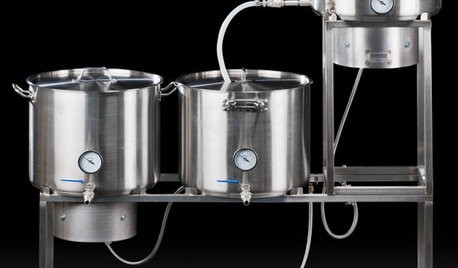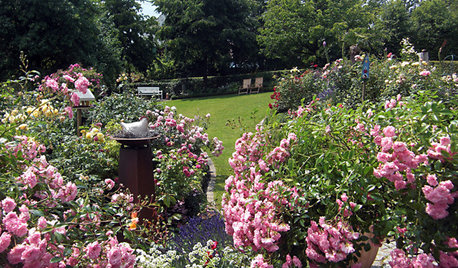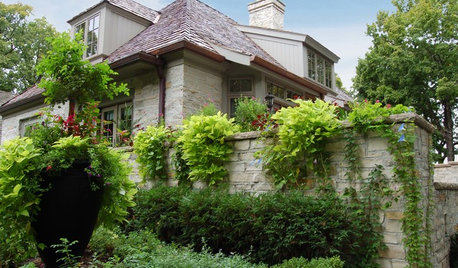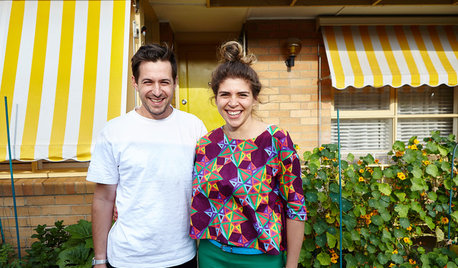Sweet corn variety
avidchamp
16 years ago
Related Stories

SUMMER FRUITS AND VEGETABLESHow to Grow Your Own Fresh, Sweet Corn
Here's how to plant and care for your own mini cornfield
Full Story
GARDENING GUIDES6 New Plant Varieties That Beat Out Their Parents
With better resistance and fewer demands, these garden beauties are worth a spot on your wish list
Full Story
GARDENING AND LANDSCAPINGWorld of Design: 10 Home Gardeners Show Us Their Sweet Summer Harvests
From New York to Tokyo, these gardeners have turned their yards, terraces and rooftops into places of bounty
Full Story
EDIBLE GARDENSHow to Grow Your Own Sweet Summer Crops
This guide will help any gardener get started on growing the freshest warm-season veggies and berries for summer
Full Story
HOME TECHMake Home Sweet Home Even Sweeter With a Brewery Or Winery
New high-tech products make small-scale home beer and wine production easy and fun
Full Story
GARDENING GUIDES5 Sweet to Spirited Pink Roses for an Enchanting Garden
Whether you go demure or daring, there's a pink rose here to make you flush with garden pride
Full Story
FOLIAGEGreat Design Plant: Ornamental Sweet Potato Vine
Versatile, fast growing, inexpensive and easy on the eyes, ornamental sweet potato vine has it all
Full Story
KITCHEN STORAGEPantry Placement: How to Find the Sweet Spot for Food Storage
Maybe it's a walk-in. Maybe it's cabinets flanking the fridge. We help you figure out the best kitchen pantry type and location for you
Full Story
HOMES AROUND THE WORLDMy Houzz: A DIY Queen’s Sweet Suburban Dream
A resourceful Australian homeowner shares her tips and tricks for a colorful and creative living space
Full Story
GARDENING GUIDES3 Ways to Revel in Summer Garden Sweetness
Patiently observe what works and doesn’t work in your landscape
Full Story






Okiedawn OK Zone 7
scottokla
Related Professionals
Surprise Landscape Architects & Landscape Designers · Bridgetown Landscape Architects & Landscape Designers · Havre de Grace Landscape Architects & Landscape Designers · La Marque Landscape Architects & Landscape Designers · Wareham Landscape Architects & Landscape Designers · Chelmsford Landscape Contractors · Fort Payne Landscape Contractors · Golden Gate Landscape Contractors · Gresham Landscape Contractors · Hayward Landscape Contractors · Seymour Landscape Contractors · West Orange Landscape Contractors · Fullerton Decks, Patios & Outdoor Enclosures · Kyle Decks, Patios & Outdoor Enclosures · Parlier Decks, Patios & Outdoor EnclosuresOkiedawn OK Zone 7
plaidthumb
Okiedawn OK Zone 7
Okiedawn OK Zone 7
kinglerch
Okiedawn OK Zone 7
kinglerch
Okiedawn OK Zone 7
kinglerch
Okiedawn OK Zone 7
kinglerch
Okiedawn OK Zone 7
kinglerch
Okiedawn OK Zone 7
kinglerch